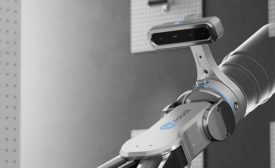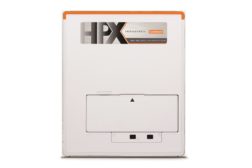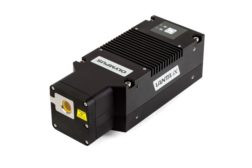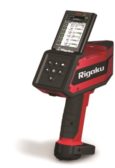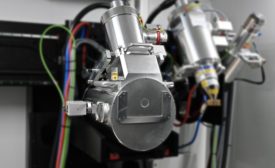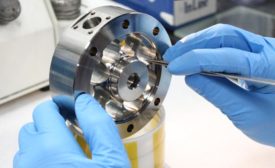NDT
Materials Testing
Force Testers Vs. Material Testers
Force testers and material testers have expanded into industries such as medical, plastic, and aerospace to assure that strict product performance and reliability standards are met.
April 8, 2021
Eddy Current
The Big Deal about ECA
With the latest instruments and probes, eddy current array strikes a balance in speed, POD, and cost effectiveness on big jobs.
April 8, 2021
Back 2 Basics
The 101 on XRF Analyzers
Experts share details on the ins and outs of this technology
April 8, 2021
2.5D Vision Hits Sweet Spot for Collaborative Applications
Automation can be deployed without having to redesign large parts of your facility.
April 8, 2021
NDT
Selecting and Using a Force Measurement Device
Everything you need to know.
February 15, 2021
Stay in the know with Quality’s comprehensive coverage of
the manufacturing and metrology industries.
eNewsletter | Website | eMagazine
JOIN TODAY!Copyright ©2024. All Rights Reserved BNP Media.
Design, CMS, Hosting & Web Development :: ePublishing

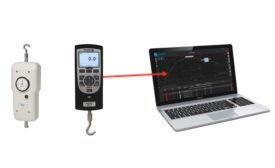
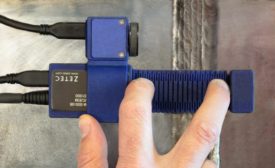
.jpg?height=168&t=1621530074&width=275)
